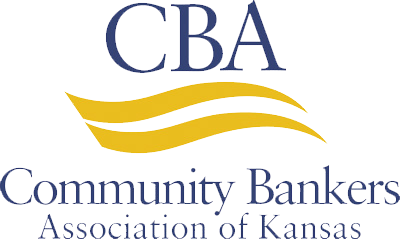FICO has been what many consider as the number one stand-alone credit decision model since having been first introduced in 1989 by Fair Isaac Corp. Can we build on that foundation to create a more future-forward way of predicting lending outcomes?
As the world has evolved, so has the way we analyze data. New and exciting technology allows for innovative algorithms that give us a more defined look at an even greater data set. An all-encompassing view of the bigger borrower story can bring today’s lenders to a new point of realization – that these new methods of analyzing credit, combined with the FICO mainstay, may lead to even better outcomes.
Many facets make up an individual’s credit story beyond payment history and amounts owed. There is data that, once analyzed, can give critical insights to borrower characteristics unable to be categorized by a single number. That is because people are more dynamic than their credit scores.
Think of a traditional consumer credit scoring model as a printed picture. It is a one-dimensional take on a person’s whole life in credit. In that static picture, there are balances on debt obligations, utilization of revolving types of credit, like credit cards, delinquency, statuses, etc. As you know, it comes from the three major credit bureaus (EFX, TU, EXP) and represents a vast cross-section of loans originated by banks, credit unions, finance companies, and other lenders across the credit industry. This information adds up to that single definitive score.
In contrast, non-traditional models that build on the foundation of FICO incorporate additional predictive information. Essentially, it is the motion picture version that enables a more dynamic view of consumer creditworthiness. This model gives lenders an ability to assess point-in-time information and the momentum of trended credit data factors, which may help predict the future credit conditions for a potential borrower and allow a lender to make more informed decisions. They see a greater depth – balances increasing or decreasing, utilization increasing or decreasing – and capture that relationship with risk outcomes.
Alternative data sources complement static and trended credit history by introducing consumers’ checking history, property ownership, and alternative finance activity into credit scoring models. Consumers with comparable credit files can demonstrate vastly different repayment performance; incremental information bearing on creditworthiness equips lenders to optimize risk differentiation when the credit file alone doesn’t capture the full story.
It is no small feat to create a new model for calculating and predicting high-performing loans. For example, BHG Financial, a leader in unsecured business and personal loans and creator of one of the country’s largest community bank loan networks, once relied on the traditional credit scoring model to help their decision-making. That is until they evolved their credit model to identify a miscategorized set of high-quality borrowers out there most lenders were passing by.
Partnering with TransUnion, BHG Financial’s data scientists analyzed over two million consumer loans. Each loan was over $20,000, had 36+ month terms, and originated between 2015 and 2017. Billions of data points were analyzed and assessed to create their proprietary credit model, the Score.
As a result, they gained faster approvals, identified sub-prime borrowers that perform well and Prime borrowers with high default rates, thereby increasing their originations significantly. This success trickles down to their Bank Network , which is comprised of over 1400 community banks that purchase their loans. The result – almost $1 billion in interest earned since 2001.
By working together with the already established success of the FICO score, the chance is lower that good-paying borrowers are labeled as high risk, enabling some lenders to approve pockets of creditworthy consumers others would decline. At the same time, the chance of labeling risky borrowers as low risk is also diminished, enabling lenders to protect the credit quality of their portfolios.
Where does that leave lenders unable to dedicate time and money to develop their own evolved credit scoring model? The simple answer is to work with companies like BHG Financial and skip the extensive research and the costly origination process. This gives them immediate access to purchasing top-quality loans with low risk, which can quickly strengthen their loan portfolio to meet their bank’s criteria. This solution is possibly the best answer to finding a more future-forward way of predicting lending outcomes.
To learn more about BHG contact: Tom Badolato SVP, Institutional Relationships at (315) 372-4510 or tbadolato@bhgbanks.com. Or visit our website at bhgloanhub.com/Tom.











